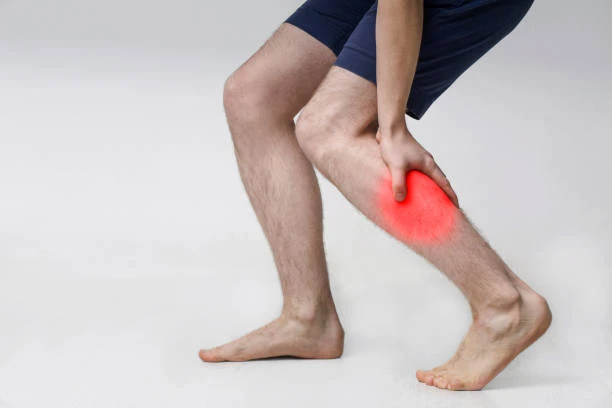Introduction
If you’ve ever experienced pain in the back of your leg, you might be dealing with plantaris tendon pain. This condition can be confusing and frustrating, but understanding its causes, symptoms, and treatment options can help you manage it effectively. Let’s dive into what plantaris tendon pain is and how you can find relief.
What is the Plantaris Tendon?
The plantaris tendon is a small, thin tendon located in the back of your leg. It runs alongside the larger Achilles tendon and connects the plantaris muscle to the heel bone. Although not everyone has a plantaris muscle, those who do can experience pain if the tendon becomes injured or overworked.
Causes of Plantaris Tendon Pain
Plantaris tendon pain can occur for several reasons:
- Overuse: Activities that involve repetitive movements, such as running or jumping, can strain the plantaris tendon.
- Injury: Sudden movements or accidents can cause tears or ruptures in the tendon.
- Compression: The plantaris tendon can rub against the Achilles tendon, leading to pain and inflammation.
Symptoms to Watch For
Recognizing the symptoms of plantaris tendon pain is crucial for early treatment. Common symptoms include:
- Sudden pain in the back of the leg
- Swelling and bruising
- Cramping or spasms in the calf muscle
- Difficulty pointing the foot downward
Diagnosing Plantaris Tendon Pain
If you suspect you have plantaris tendon pain, it’s essential to see a healthcare professional. They will perform a physical examination and may use imaging tests like ultrasound or MRI to confirm the diagnosis2. This helps rule out other conditions, such as Achilles tendon tears or deep vein thrombosis.
Treatment Options
Treatment for plantaris tendon pain focuses on reducing pain and promoting healing. Here are some effective strategies:
- Rest and Ice: Resting the affected leg and applying ice can help reduce swelling and pain.
- Compression: Using an elastic bandage or compression stocking can provide support and reduce swelling.
- Physical Therapy: A physical therapist can guide you through exercises to improve flexibility and strength in the affected leg.
- Medication: Over-the-counter pain relievers, such as ibuprofen, can help manage pain and inflammation.
- Surgery: In severe cases, surgery may be necessary to repair the tendon.
Preventing Plantaris Tendon Pain
Preventing plantaris tendon pain involves taking care of your legs and avoiding activities that put excessive strain on the tendon. Here are some tips:
- Warm-Up: Always warm up before engaging in physical activities.
- Stretching: Regularly stretch your calf muscles to maintain flexibility.
- Proper Footwear: Wear supportive shoes that provide adequate cushioning.
- Gradual Increase: Gradually increase the intensity of your workouts to avoid overloading the tendon.
Conclusion
Plantaris tendon pain can be a challenging condition, but with the right knowledge and treatment, you can manage it effectively. If you experience symptoms, don’t hesitate to seek medical advice. By taking preventive measures and following a proper treatment plan, you can keep your legs healthy and pain-free.
Remember, your health is important, and understanding conditions like plantaris tendon pain is the first step toward better well-being.
